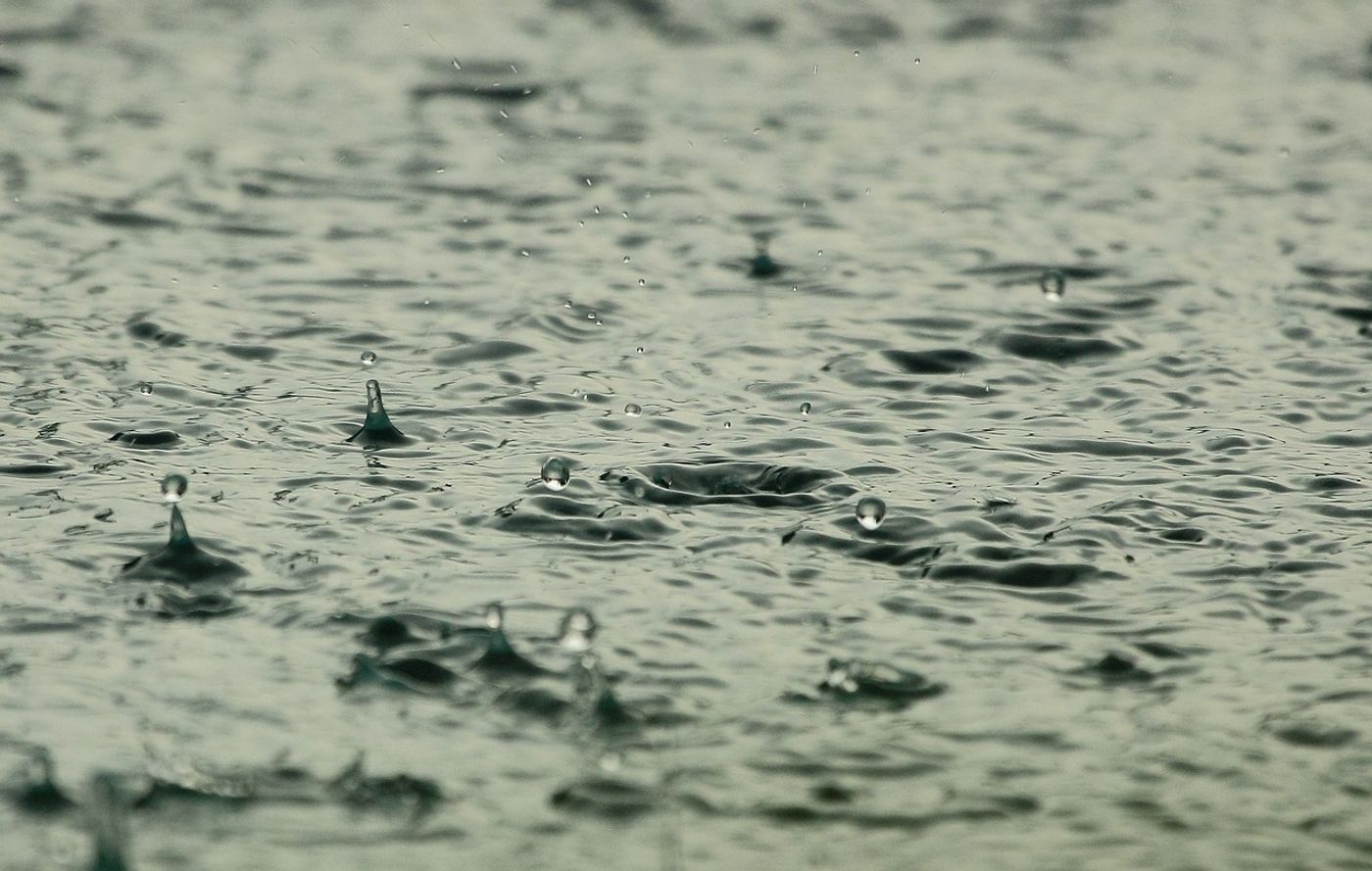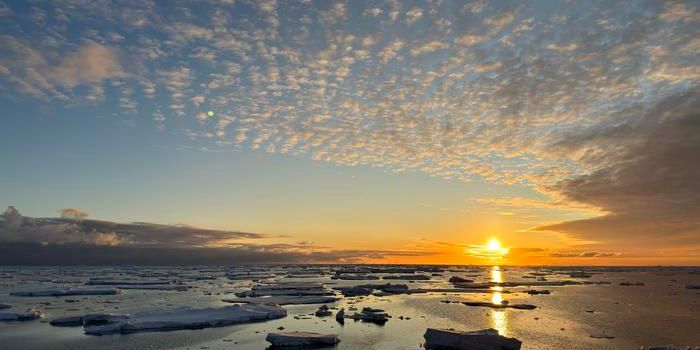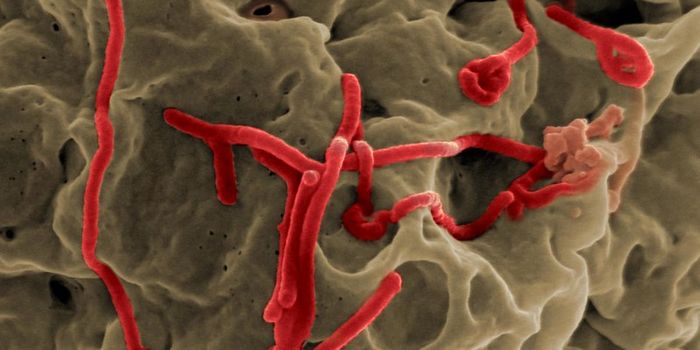Rainfall in Majority of United States Intensifying
In a recent study published in Geophysical Research Letters, a team of researchers from Northwestern University examined rainfall across 17 dissimilar climate regions and two climatologically distinct time periods—1951-1980 and 1991-2020—in the United States and found that when it rains, it pours, as the adage says. Essentially, the intensity of the rainfall in most of the surveyed regions has been shifting from lighter to more moderate and often heavy rainfall in recent decades. This study has the potential to help us better understand how climate change is affecting Earth’s climate models.
"When people study how climate change has affected weather, they often look at extreme weather events like floods, heatwaves and droughts," said Dr. Daniel Horton, who is an assistant professor in the Department of Earth and Planetary Sciences at Northwestern University, and a co-author on the study. "For this particular study, we wanted to look at the non-extreme events, which are, by definition, much more common. What we found is pretty simple: When it rains now, it rains more."
For the study, the researchers compared data from the Global Historical Climatology Network spanning the two time periods and the 17 regions to present-day observations and found increases in precipitation across most of the United States, specifically in the South, Midwest, and East, while changes in the West went undetected.
"Not only do we see increasing precipitation intensity for regions east of the Rockies," said Dr. Ryan Harp, who is an Ubben Postdoctoral Research Fellow at the Institute for Sustainability and Energy at Northwestern University, and lead author of the study, "but the intensities are becoming more variable as well, making water resource management even more challenging."
While this study put more focus on precipitation during each rain or snowfall event, the two researchers hope to expand on this with future studies by investigating the variability of annual precipitation and the frequency of these precipitation events.
"You don't need an extreme weather event to produce flooding," said Dr. Horton. "Sometimes you just need an intense rainstorm. And, if every time it rains, it rains a little bit more, then the risk of flooding goes up."
Sources: Geophysical Research Letters
As always, keep doing science & keep looking up!









